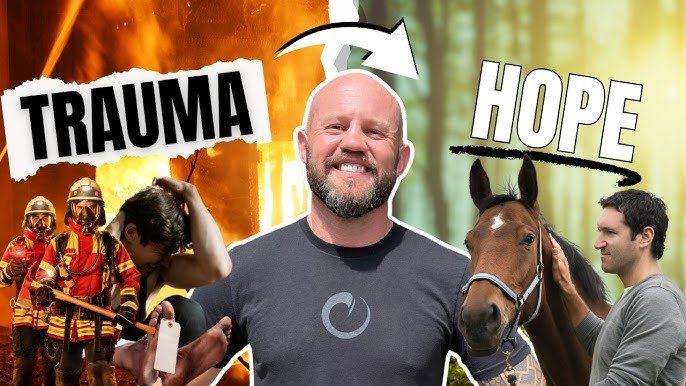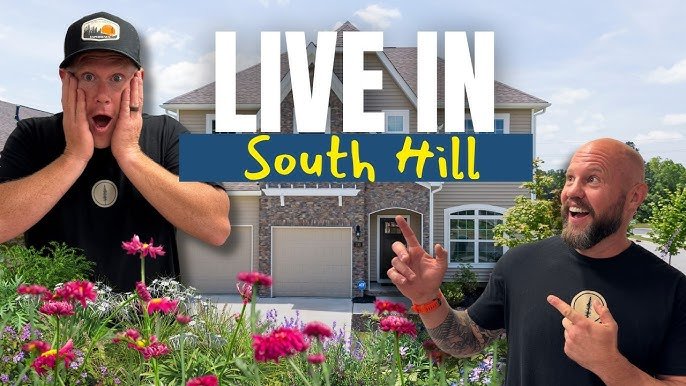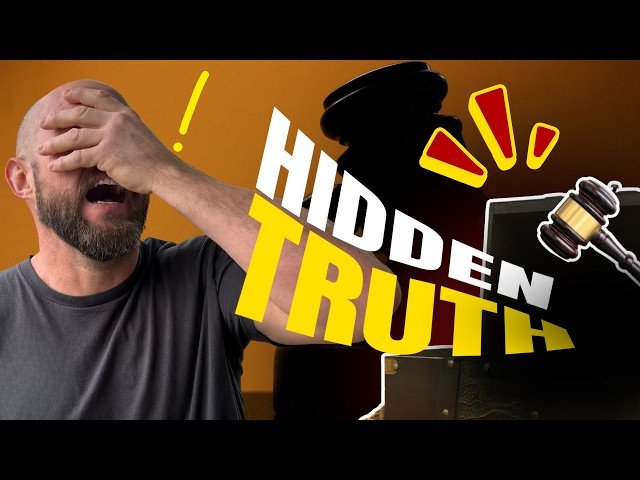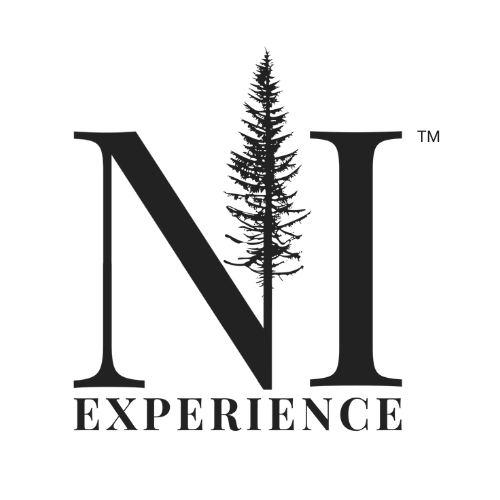Healing First Responder Trauma with Equine Therapy: From PTSD to Peace
When the weight of trauma becomes unbearable, healing often requires a different path than traditional talk therapy. That’s the story behind Hoof and Hope Healing, a unique program in Otis Orchards, WA (just outside Coeur d’Alene) that uses equine therapy for PTSD—with powerful results for first responders, military veterans, and trauma survivors.
On the North Idaho Experience Podcast, hosts sat down with Orlando and Adriana, the duo behind Hoof and Hope Healing, to learn how horses are helping men and women move from trauma to peace.
Meet Orlando + Adriana: Founders of Hoof and Hope Healing
Adriana, a licensed mental health professional, always knew she wanted to serve military families and first responders. Her father, a lifelong firefighter, introduced her to Orlando, a retired fire captain with 30 years of service. Their meeting at her father’s 60th birthday sparked a partnership that blends professional therapy with lived first responder experience.
Orlando knows the weight of PTSD firsthand. Over three decades, he responded to hundreds of life-altering emergencies—fatal car crashes, suicides, infant deaths, and devastating fires. A series of particularly traumatic calls ended his fire service career and left him struggling to find peace.
“I thought equine therapy was a joke,” Orlando admitted. Growing up around horses, he couldn’t imagine them being tools for healing. But when he encountered it during inpatient treatment, everything changed. “I saw magic happen between the horse and the person. That wasn’t normal horse behavior—it was something else.”
Why Trauma Hits First Responders Hard
Police officers, firefighters, and EMTs routinely witness what most civilians may see once in a lifetime, if ever. From burned-out cars to suicide scenes to holding infants who don’t survive, these experiences don’t fade when the uniform comes off.
Orlando recalls a series of devastating calls within a two-year span:
- Two teenage boys who died tragically, one from overdose and another struck by a train.
- A young woman who attempted suicide by setting herself on fire.
- A suicidal man who jumped from a 90-foot cliff right in front of him.
- The death of a one-day-old baby in his arms.
The accumulation left him with flashbacks, hallucinations, and an inability to function in daily life. “I stopped going to the grocery store. I stopped existing,” he said. Like many first responders, he feared speaking up about PTSD. Admitting struggle often carried stigma—seen as weakness or failure.
Why Horses Work in PTSD Therapy
So why equine therapy? Horses are prey animals, which makes them uniquely attuned to human emotions and energy. Their large hearts emit a magnetic field up to 40–50 feet, allowing them to sense and mirror a person’s emotional state.
“They’ll know within 30 seconds whether you’re anxious, angry, or calm,” Orlando explained. “And within minutes, they can lower your heart rate and cortisol levels.”
During sessions, clients engage in activities like grooming, leading, or simply standing with a horse. The therapist observes the client, while Orlando reads the horse’s behavior. Horses often reflect emotions their human partner is suppressing—creating moments of awareness that traditional therapy can’t replicate.
One striking example occurred when podcast host Seth shared a stressful memory during a session. The therapy horse, Holly, immediately stepped between him and the observers, as if to shield him from further distress. “She was telling your story,” Orlando explained.
What a Session Looks Like
A typical session lasts about an hour, though some run longer depending on what unfolds. Exercises may include:
- Grooming the horse to establish connection.
- Naming strengths and struggles out loud to the horse.
- Box exercises where physical boundaries represent personal challenges.
- Unstructured conversation—talking to the horse as a safe, nonjudgmental listener.
While Adriana interprets the client’s process, Orlando monitors the horse’s responses. Together, they create a dynamic where “the horse is the therapist,” absorbing emotions and offering feedback through body language.
Sessions vary widely. Teenagers often process quickly, while adults with long-standing trauma may engage in equine therapy for months or years. The common thread: clients leave lighter, calmer, and more open.
Equine Therapy in Action: From Skepticism to Healing
Many arrive skeptical—just as Orlando once was. But even hardened first responders and military veterans find themselves disarmed by the presence of a 1,000-pound animal responding to their inner state.
Podcast host Seth reflected, “I went in nervous. But by the end, I felt drained—in a good way. There was wisdom in that horse’s eyes. It wasn’t like being with my dogs. It was something deeper.”
Who Can Benefit from Equine Therapy?
While Hoof and Hope Healing focuses on first responders, veterans, and trauma survivors, equine therapy is also beneficial for:
- Children struggling with anxiety or behavioral issues.
- Teens processing trauma or life changes.
- Adults battling depression, stress, or PTSD.
- Families looking for new ways to heal together.
As Adriana notes, equine therapy works especially well with kids: “They already think horses are cool. Instead of sitting in an office, they get to connect with a gentle animal that doesn’t judge them.”
Insurance + Access
Good news: many insurance plans cover equine therapy sessions at Hoof and Hope Healing. After an initial consultation, Adriana helps clients determine coverage and build a treatment plan.
For those without coverage, the team is exploring nonprofit partnerships to expand access. “We’re less than a year into this journey,” Adriana explained. “But the goal is simple—help as many people as possible.”
Why It Matters
First responders and veterans face staggering rates of PTSD, depression, substance abuse, and suicide. For too long, seeking help carried stigma. Equine therapy provides a culturally competent, safe environment where healing begins with connection rather than confrontation.
As Orlando puts it: “I was the guy who fixed everything. Thirty years of service—and suddenly I was broken. Horses helped me find a way back. Now we’re using that gift to help others.”
Get Involved
If you or someone you love is struggling with trauma, don’t wait until it festers. Explore equine therapy as a path to healing.
Hoof and Hope Healing is located in Otis Orchards, WA, serving the greater Spokane–Coeur d’Alene region.
Learn more or schedule a session at Hoof and Hope Healing.
Listen, Watch, Read






Your Guide to Idaho’s Best-Kept Secrets
Join our email list for exclusive insights, local tips, and the latest listings. Get closer to the Idaho lifestyle you’ve been dreaming of. Sign up today!




